Tourist destinations promise adventure, beauty, and cultural immersion—but sometimes, the local wildlife brings a dangerous twist to the experience. Whether you’re hiking in scenic mountains or snorkeling in turquoise waters, some animals could turn your dream vacation into a close encounter you’ll never forget.
1. Saltwater Crocodiles in Australia’s Northern Beaches
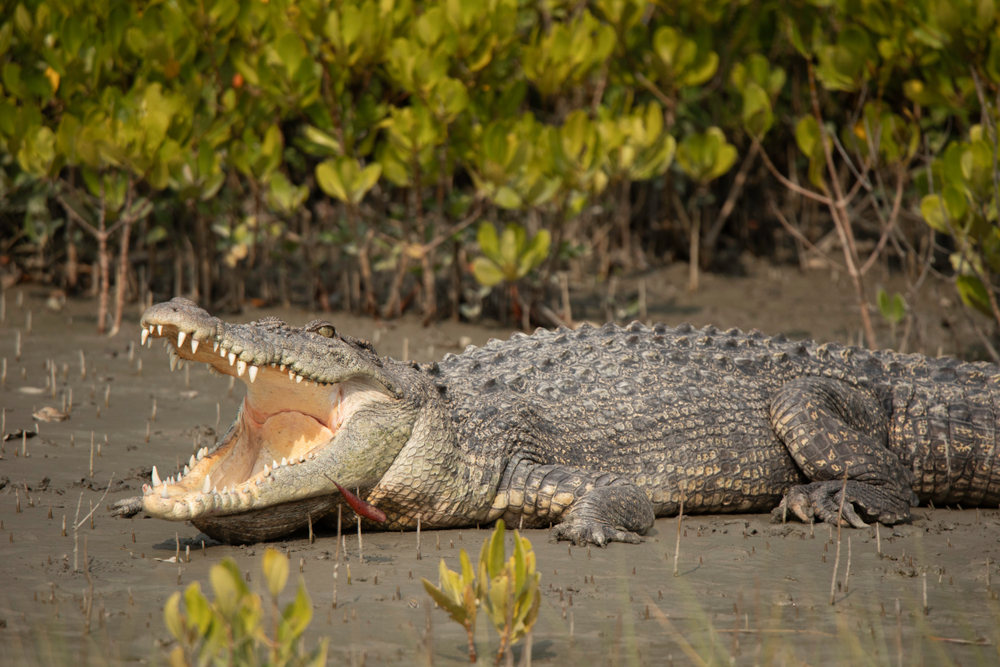
Australia’s pristine northern beaches attract tourists from around the globe, but these waters are home to the world’s largest—and deadliest—reptiles. Saltwater crocodiles, or “salties,” are known for their stealth and ferocity, attacking anything that strays too close. Tourists are warned to avoid swimming in estuaries, rivers, and even coastal waters in this region to steer clear of these apex predators.
2. Lions in African Safari Parks
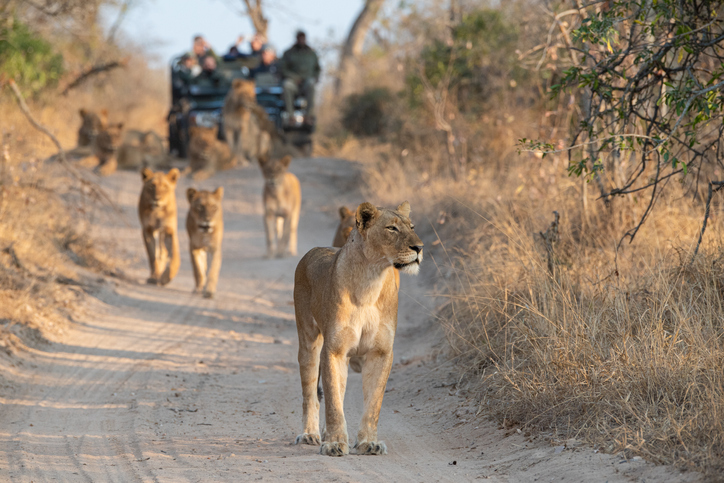
An African safari is the ultimate bucket-list experience, but getting too close to lions can be a fatal mistake. Known for their strength and hunting prowess, these big cats are a key attraction in parks like Kruger National Park in South Africa. While guided tours are safe, stepping out of your vehicle—or underestimating their speed—can turn a dream trip into a nightmare.
3. Box Jellyfish in Thailand’s Beaches
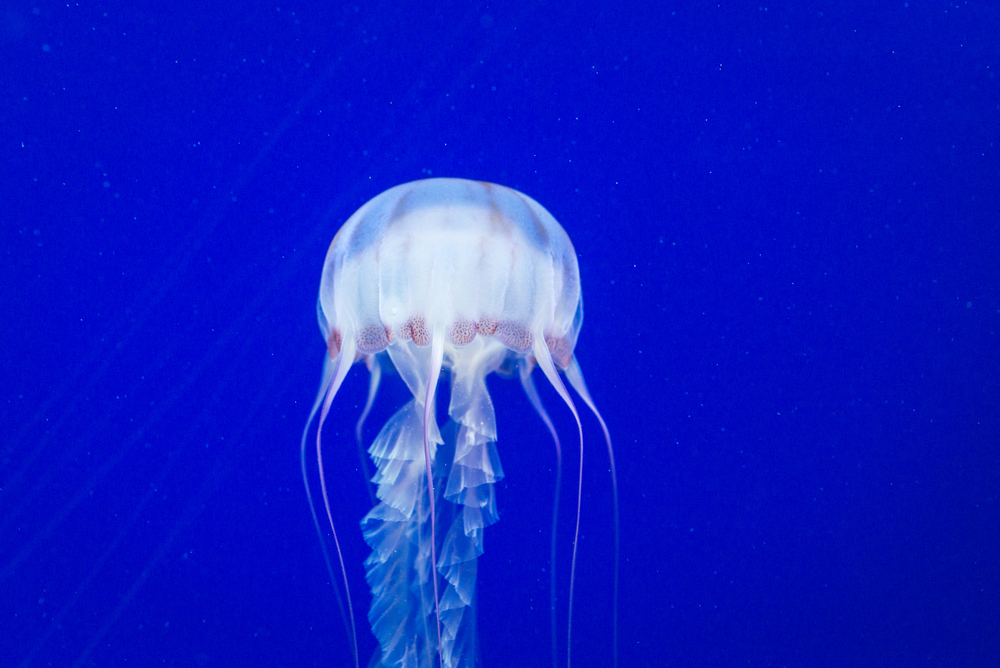
Thailand’s tropical beaches are paradise for swimmers and snorkelers, but they’re also home to the deadly box jellyfish. These transparent creatures pack venom that can cause cardiac arrest within minutes. Tourists are advised to wear protective clothing or swim in designated safe zones during jellyfish season to avoid a dangerous encounter with these floating killers.
4. Black Bears in Yosemite National Park, USA
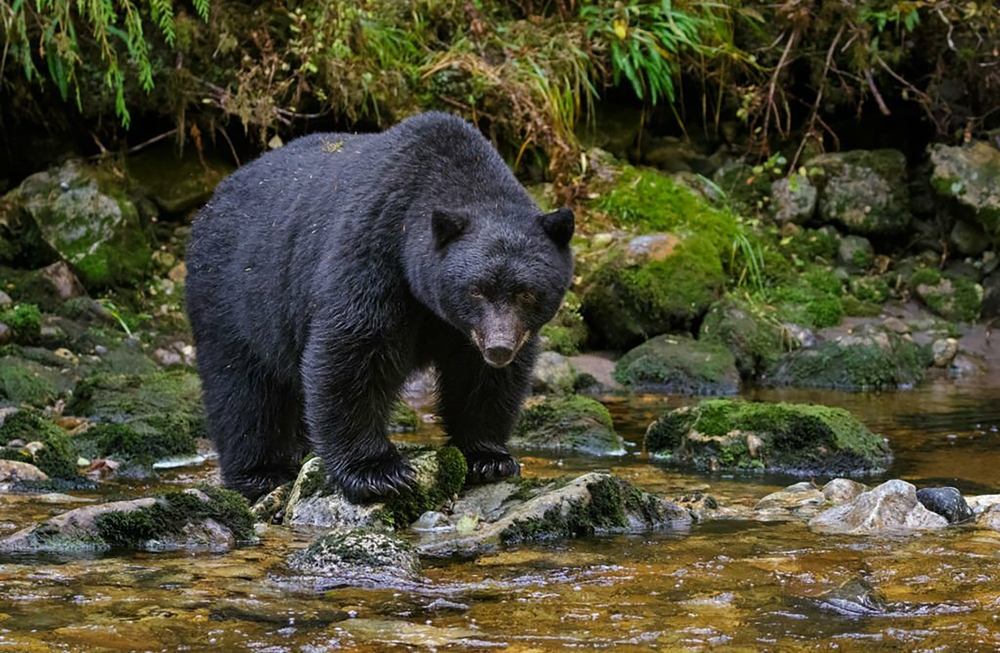
Yosemite’s stunning landscapes attract millions of visitors each year, but black bears roaming the park are no small threat. While they typically avoid humans, these bears can become aggressive if they associate people with food. Tourists are advised to store food securely and keep their distance to avoid potentially dangerous bear encounters in this iconic U.S. destination.
5. Stonefish in Australia’s Great Barrier Reef
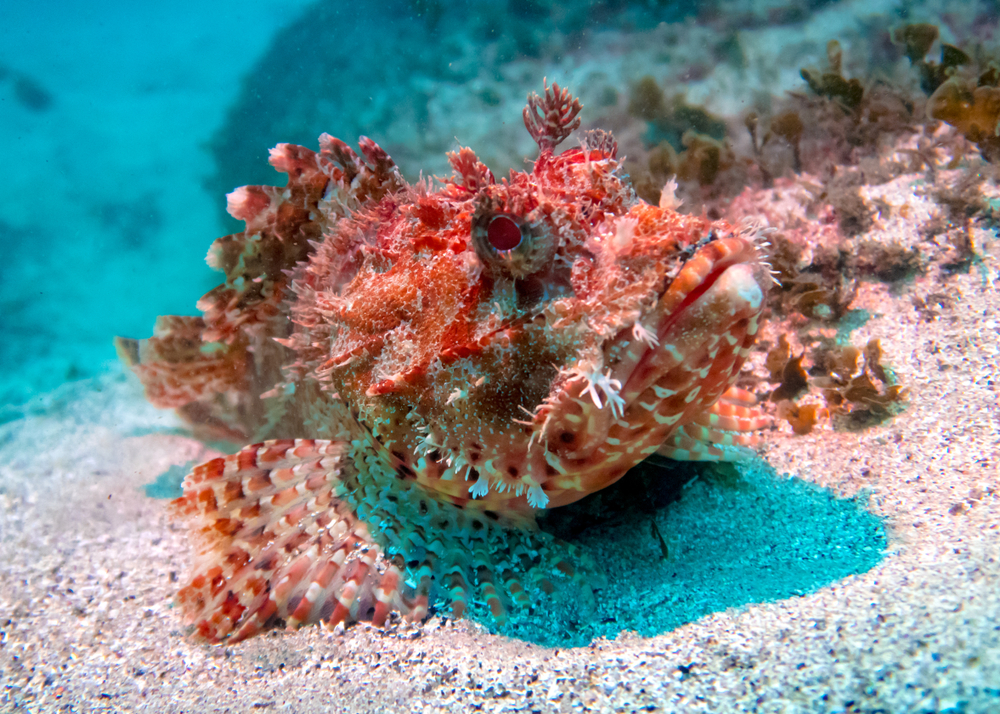
The Great Barrier Reef is a snorkeler’s dream, but its waters hide one of the world’s most venomous fish: the stonefish. Camouflaged to look like a rock, stepping on one can result in excruciating pain and even death without prompt treatment. Protective footwear and staying vigilant while exploring the reef’s waters are essential precautions for adventurers.
6. Tigers in India’s National Parks
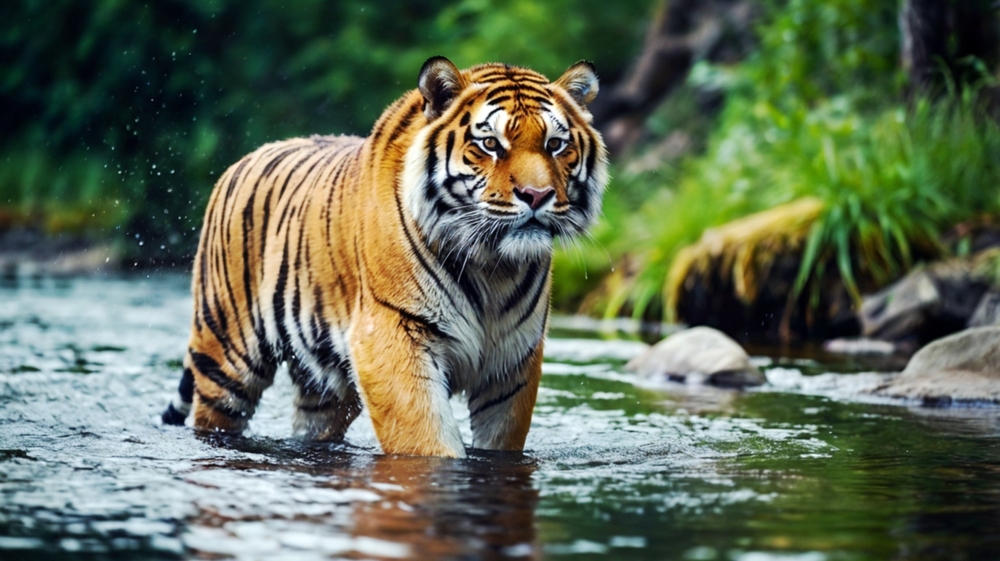
India’s national parks, like Ranthambore and Sundarbans, are famous for their majestic Bengal tigers. But these big cats aren’t just photo opportunities—they’re powerful predators that can attack if provoked or surprised. With reports of tiger attacks on locals and tourists alike, sticking to guided tours and respecting these animals’ space is critical.
7. Sharks in Cape Town, South Africa
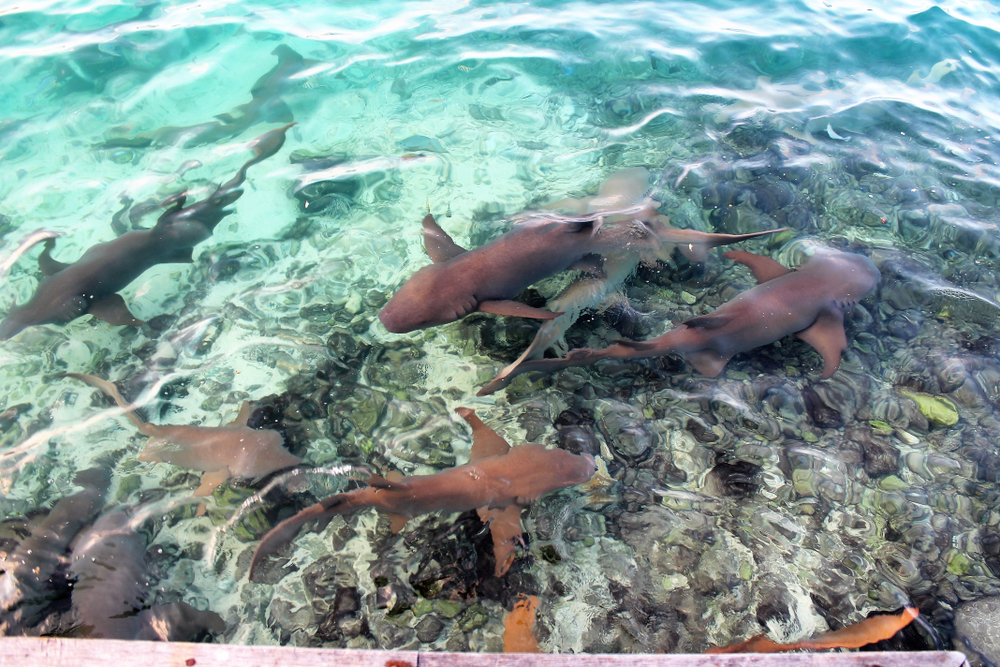
Cape Town’s crystal-clear waters are a hotspot for cage diving with great white sharks, but the danger doesn’t stay confined to the cage. Shark sightings near beaches like Muizenberg and False Bay are common, and while attacks are rare, they can be fatal. Swimmers and surfers are advised to heed shark warnings and avoid swimming alone in these shark-infested waters.
8. Polar Bears in the Arctic Circle
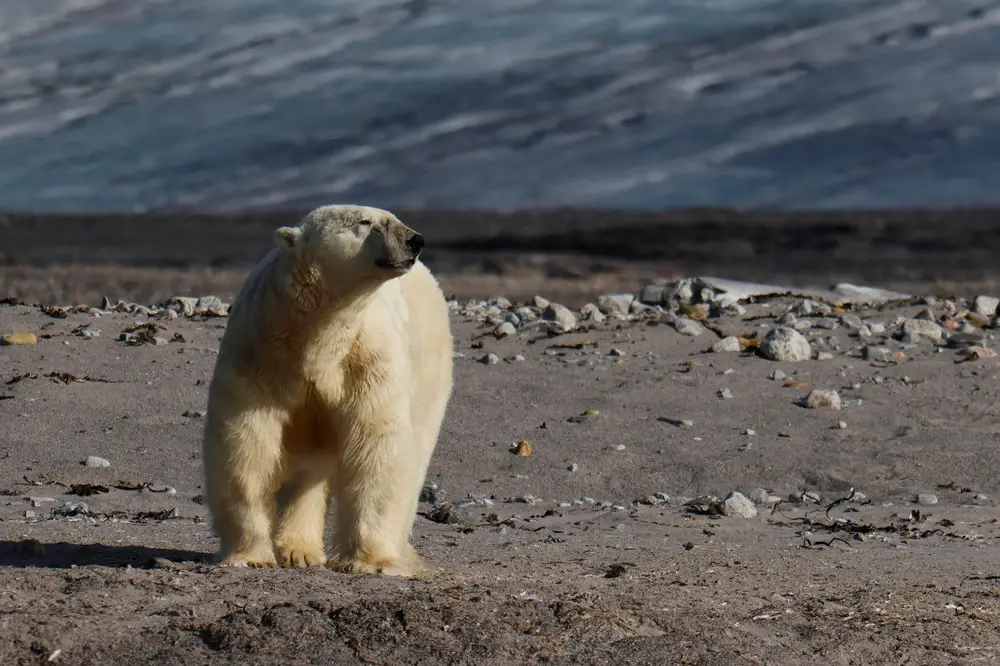
A trip to the Arctic offers breathtaking views of icy landscapes and a chance to see polar bears in their natural habitat. However, these apex predators are not to be underestimated. Polar bears are highly dangerous and have been known to attack humans when food is scarce. Staying with a guided expedition is the safest way to enjoy this extreme destination.
9. Piranhas in the Amazon River, South America
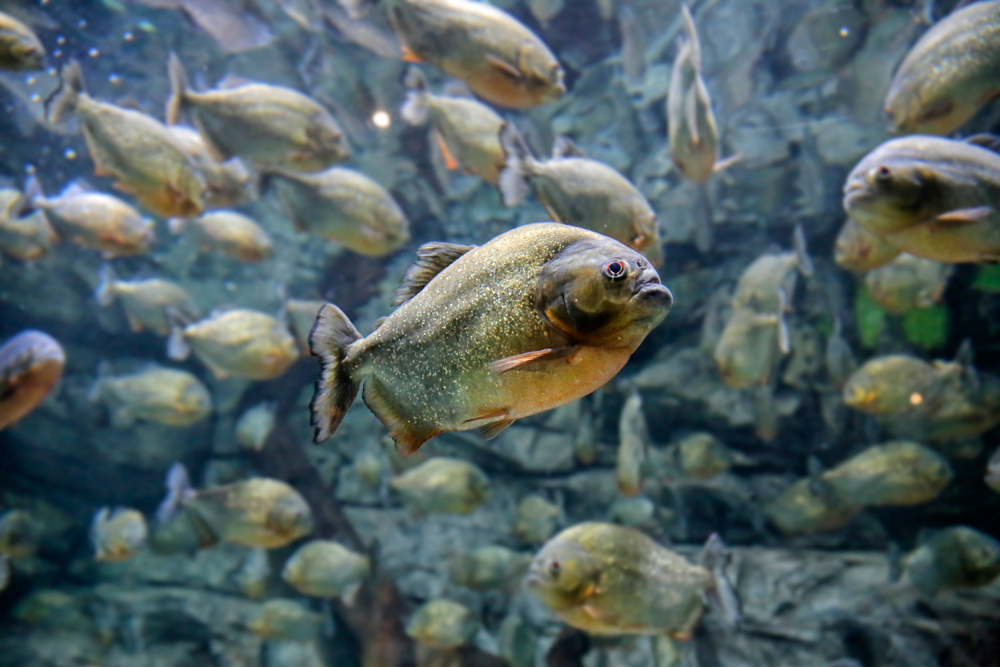
The Amazon River teems with exotic wildlife, but its waters are also home to piranhas. These sharp-toothed fish can strip prey to the bone in minutes, especially during dry seasons when food is scarce. While they rarely attack humans, swimming in piranha-infested waters without caution is a gamble most tourists wisely avoid.
10. Leopards in Sri Lanka’s Yala National Park
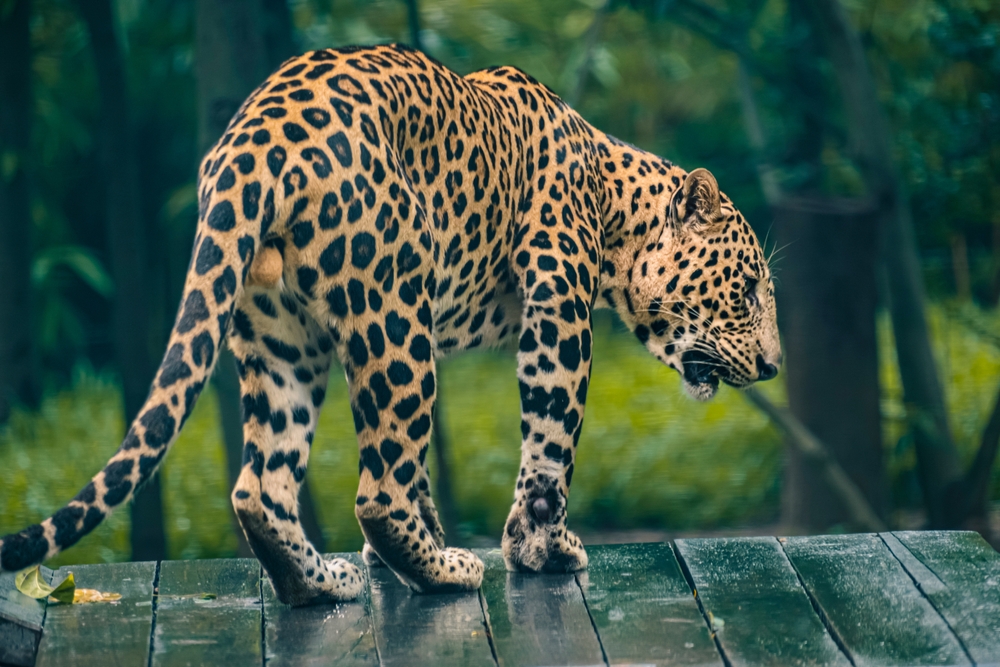
Sri Lanka’s Yala National Park boasts one of the highest densities of leopards in the world, drawing wildlife enthusiasts eager to catch a glimpse of these elusive cats. However, leopards are unpredictable and capable of attacking if startled. Sticking to your safari vehicle and following your guide’s advice is key to enjoying this wildlife wonderland safely.
11. Elephants in Southeast Asian Jungles
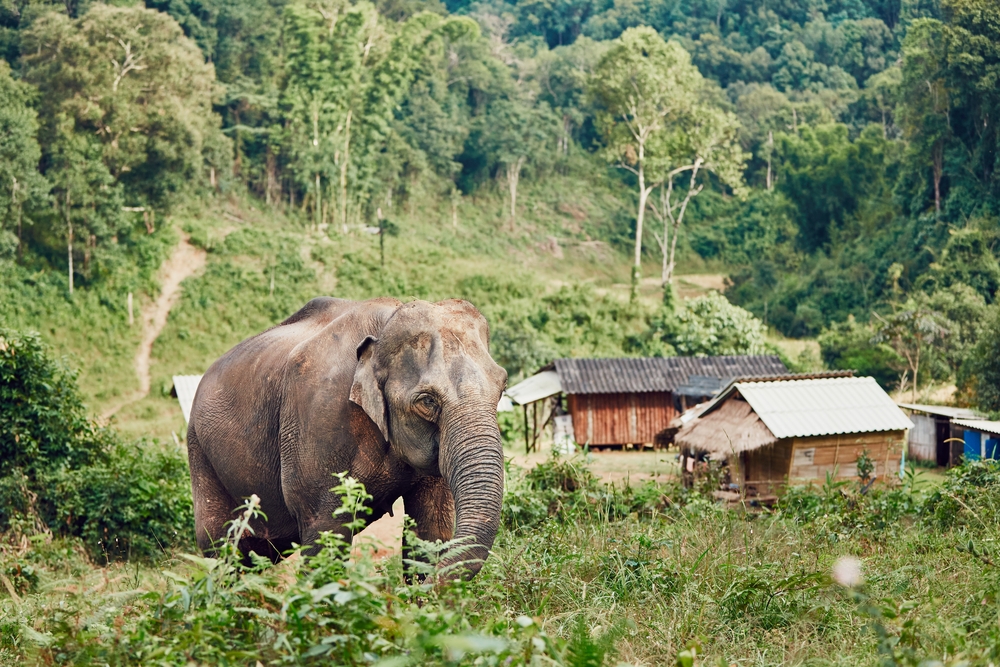
While elephants are a must-see for many visitors to Thailand or Sri Lanka, wild elephants are far less friendly than their domesticated counterparts. Known for their strength and speed, these giants can charge without warning, especially during mating season or when protecting their young. Spotting one from a safe distance is an unforgettable experience—but only if you avoid provoking them.
12. Snakes in Australia’s Outback
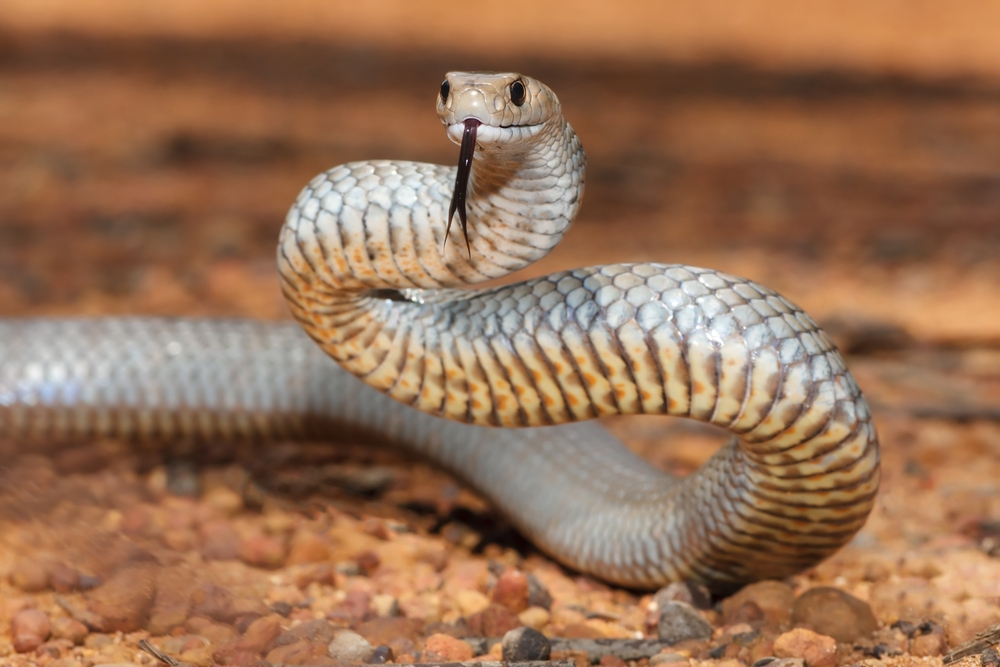
Australia’s Outback is as rugged as it is beautiful, but it’s also home to some of the world’s deadliest snakes, including taipans and brown snakes. These serpents can strike quickly, delivering venom potent enough to kill within hours. Tourists are advised to wear sturdy boots and stay on marked trails to reduce the risk of an encounter.
13. Komodo Dragons in Indonesia’s Komodo National Park
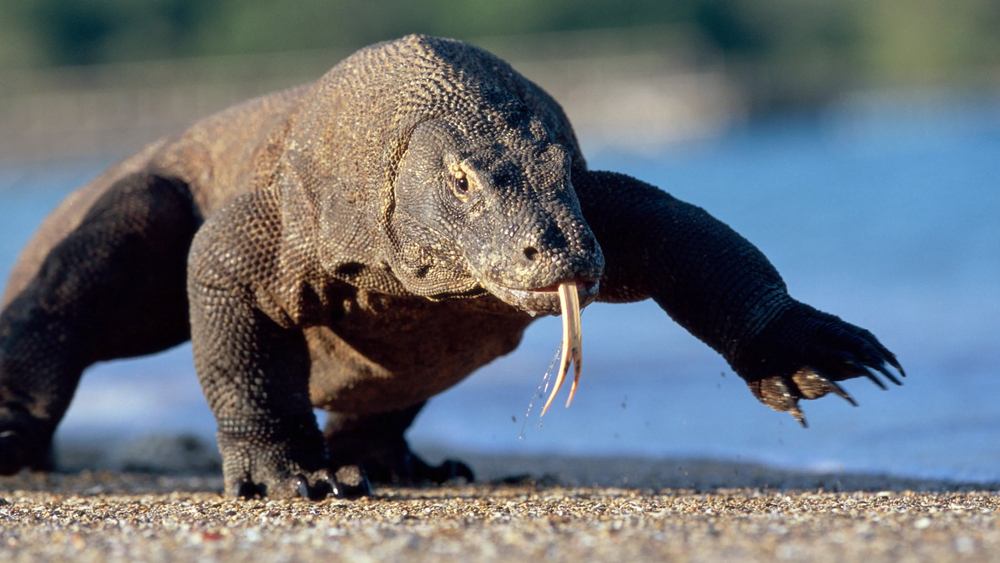
The Komodo dragon, the world’s largest lizard, is a top attraction in Indonesia’s Komodo National Park—but it’s also highly dangerous. These reptiles can grow up to 10 feet long and have venomous bites that cause severe bleeding. They’ve been known to attack humans, so sticking to guided tours and following strict safety protocols is essential when visiting their territory.
14. Hyenas in Kenya’s Maasai Mara
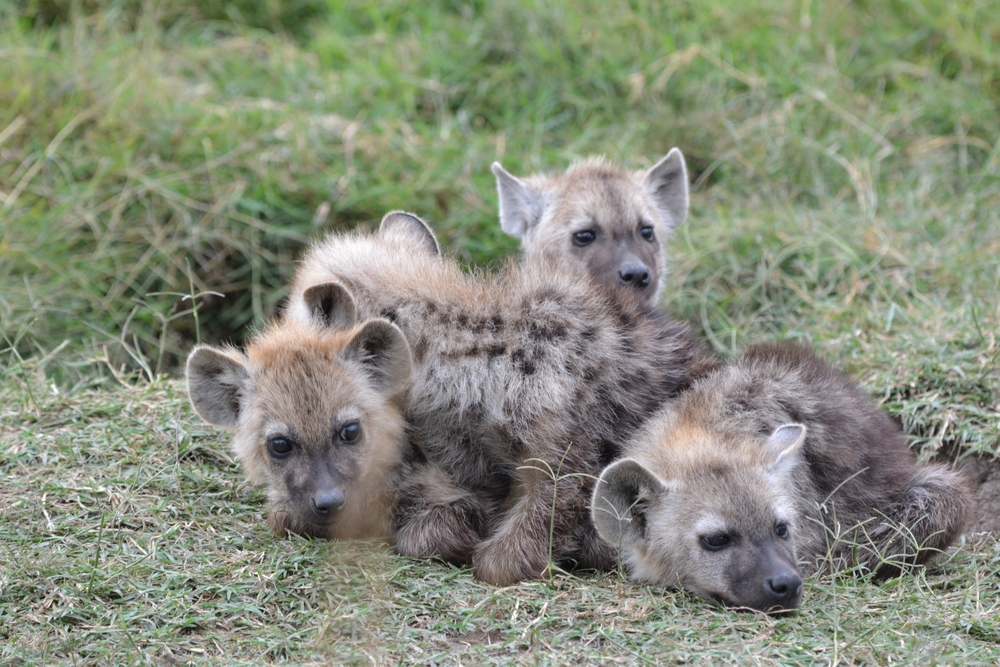
The Maasai Mara is world-famous for its wildlife, but few tourists expect to encounter the cunning hyena. Known for their bone-crushing jaws and scavenging habits, hyenas are bold and opportunistic predators. They’ve been known to attack livestock and even humans in rare cases, making them a formidable presence in this iconic African safari destination.
